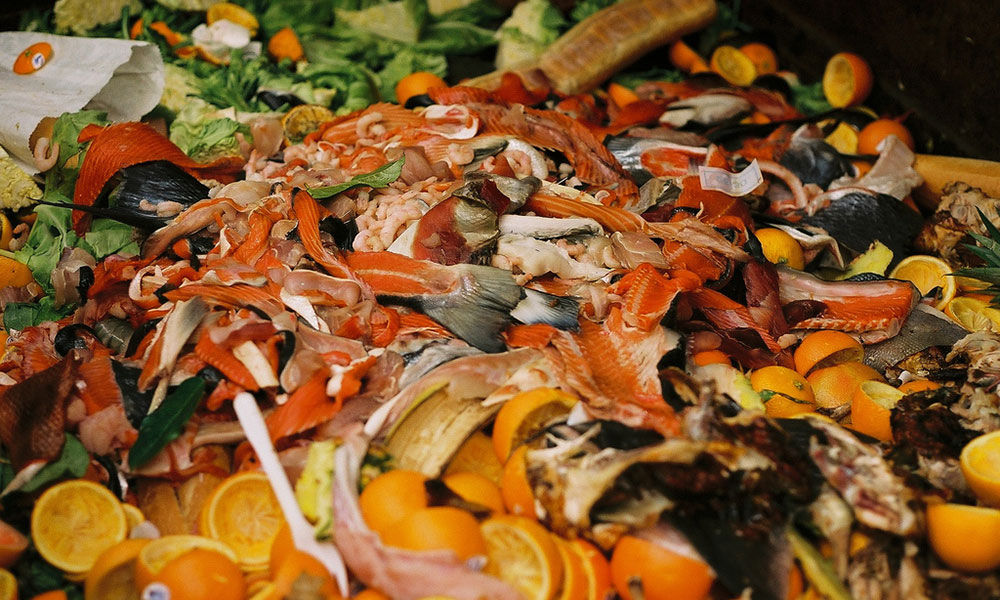
Industry Coalition Raises Flag on Food Waste Regulations
Food manufacturers have had much success ensuring food doesn't get wasted, but grocery and restaurant groups say new FDA reporting requirements could endanger the success of an industry initiative that turns food scraps into animal feed.
Food manufacturers have made significant strides in reducing waste, but grocery and restaurant groups say proposed new FDA reporting requirements could endanger an industry initiative that turns food scraps into animal feed.
You may not realize it, but a lot of the food that goes to waste in food production plants, grocery stores, and restaurants doesn’t just disappear into the trash.
Nope—much of it has a second life as animal feed. For the past few years, the Food Waste Reduction Alliance, a coalition of restaurant and grocery industry groups, has helped to keep billions of pounds of discarded food out of landfills, instead putting it back into the food ecosystem.
It’s a program so successful that the Grocery Manufacturers Association (GMA)—a member of the coalition, along with the Food Marketing Institute and the National Restaurant Association—estimates that 70 percent of food waste created by manufacturers goes to animal feed, versus just 5 percent to landfills.
But the food industry says a proposed Food and Drug Administration rule change could complicate this process significantly, and it’s pushing back.
Under a provision of the Food Safety Modernization Act, the FDA is considering a series of new sanitation and record-keeping requirements on feed production that could make waste reduction efforts infeasible, according to the industry groups.
“Of course, our members do not want to use landfills except as a last resort, but they may have no other option if compliance costs are too high,” GMA argued in a comments on the proposed regulations, Politico reported.
GMA argues that if the regulations are implemented, more waste would go to landfills and food manufacturers would incur additional costs of up to $444 million per year—a combination of higher landfill costs and lost revenue from food waste sales to animal feed makers.
The FDA appears ready to compromise, announcing that it would revise the language of the animal food rule last month, and FDA Commissioner Margaret Hamburg has stated that there is a “practical, sensible” solution to the issue. But one food industry watchdog questioned whether GMA’s arguments were overblown.
“Trade associations have the job of constructing the ‘worst case scenario’ to minimize the impact of regulations, but the reality is often very different,” David Plunkett of the Center for Science in the Public Interest told Politico, adding that the safety requirement was “minimal.”
(photo by Taz/Flickr)






Comments